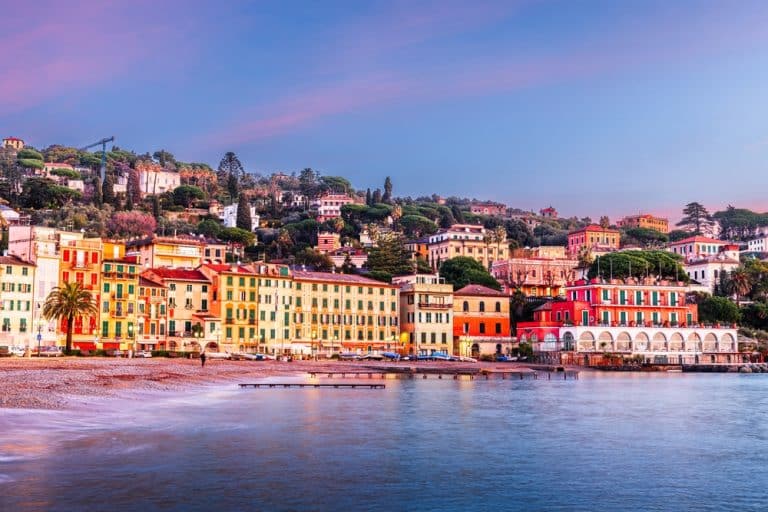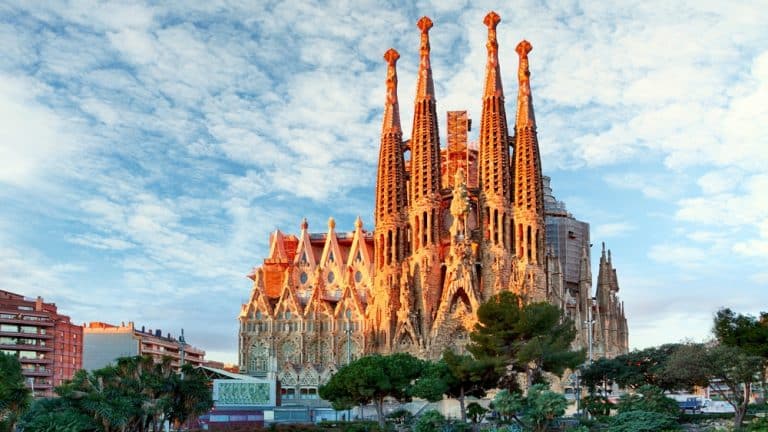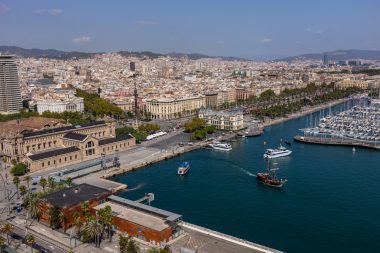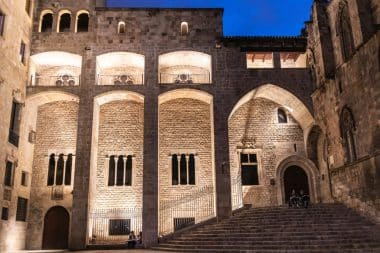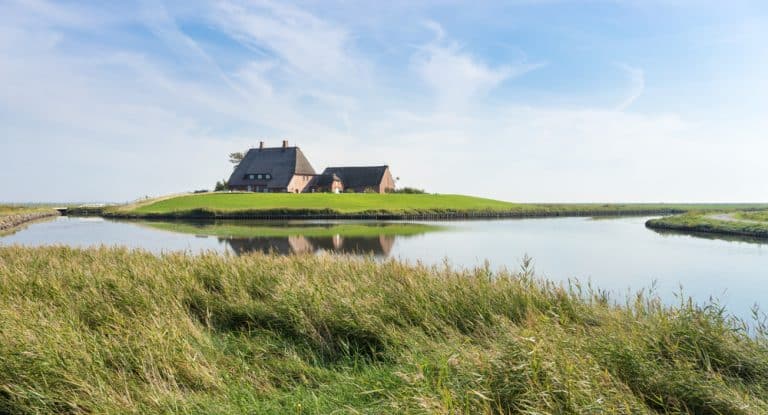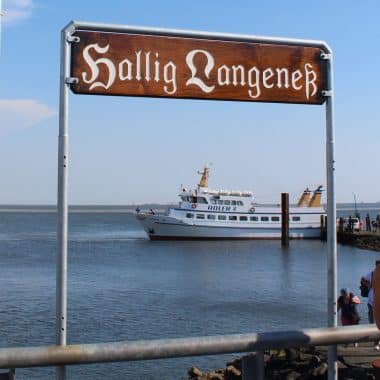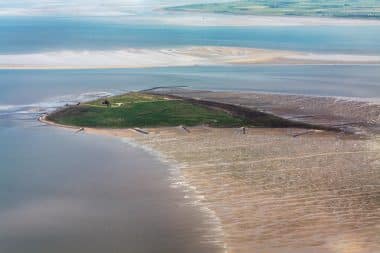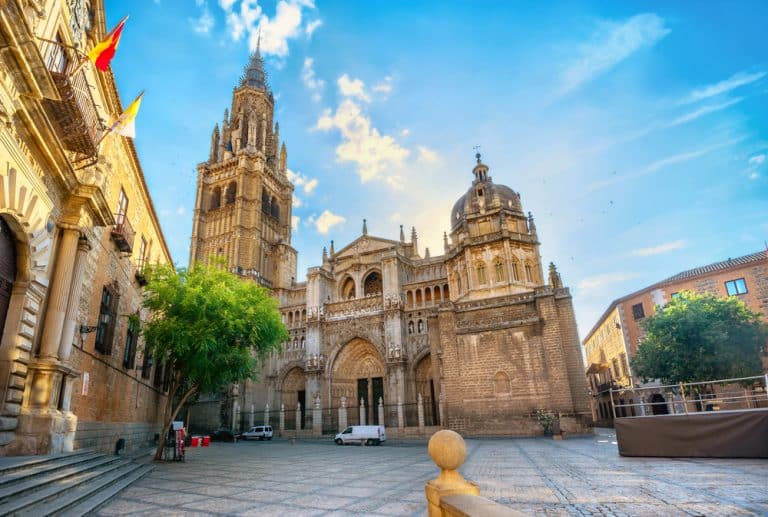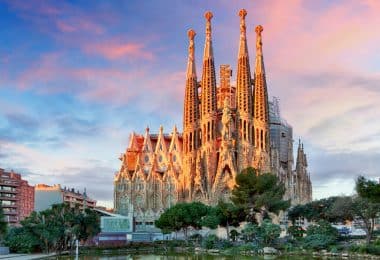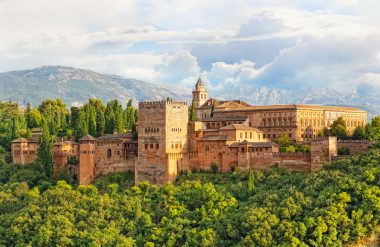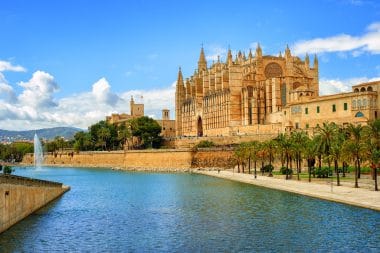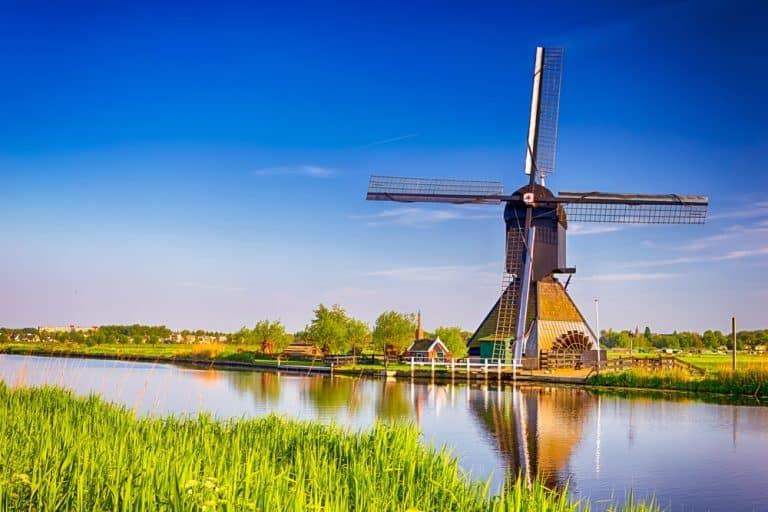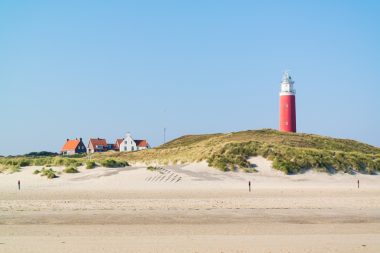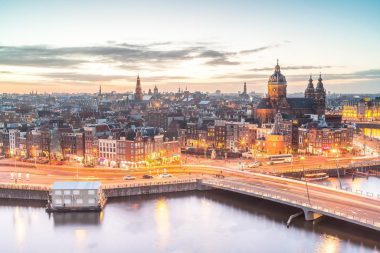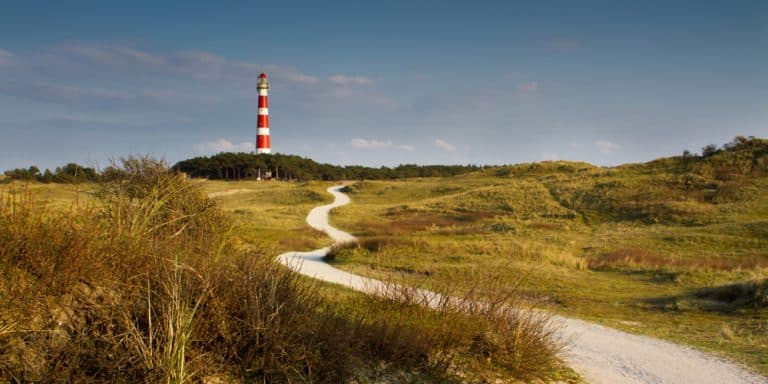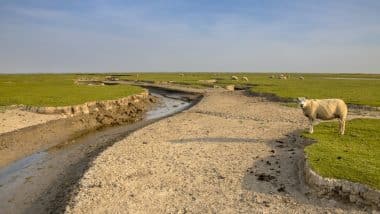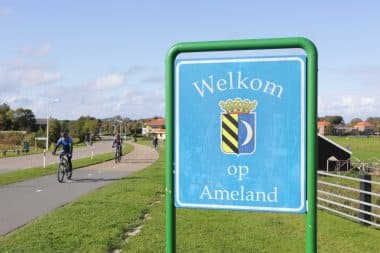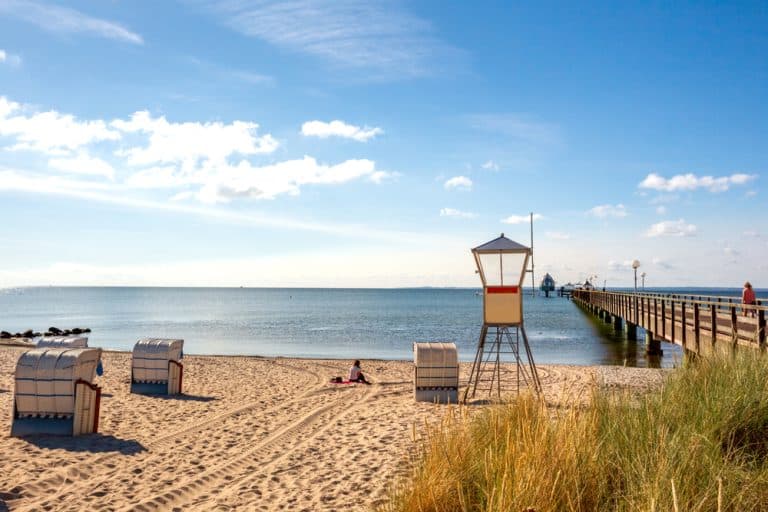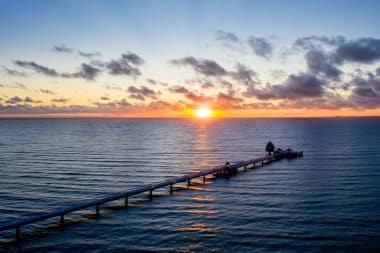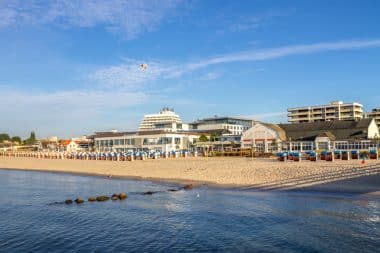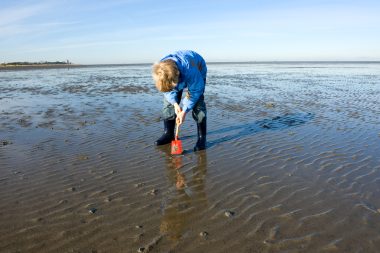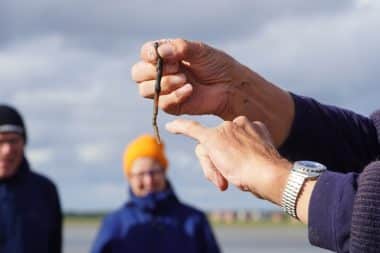Santa Margherita Ligure is a small town in northern Italy with just under 10,000 inhabitants. Nevertheless, Santa Margherita Ligure is a true pearl. The city, which is only 35 kilometres from the metropolis of Genoa , has such picturesque architecture that Italian feature films and series have been filmed here again and again since the 1960s. Santa Margherita Ligure is nestled in a beautiful bay. In the typical Italian city centre, villas and palazzi are lined up next to each other. In between, there are numerous bars, cafés and restaurants serving up genuine Ligurian specialties. For example, you can taste fresh seafood and fish, torta di riso or the Ligurian flatbread farinata, made with chickpea flour. Here you can live Dolce Vita in its purest form.
A tour of the centre of Santa Margherita Ligure
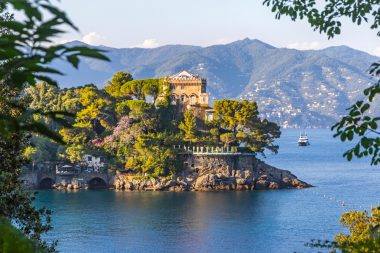
The best way to start your visit to Santa Margherita Ligure is with a walking tour through the idyllic and historic centre of the old town. Santa Margherita Ligure is so small that you can do without public transport here – everything can be reached on foot without any problems. Near the town’s marina, you can first visit the Santa Margherita Ligure statue, which represents Saint Margherita, after whom the small town was named. Right next door you pass the city beaches of Santa Margherita Ligure, Bagni Vicini and Bagni Pagana, where you can relax wonderfully. Right behind it is the Chiesa di Santa Margherita, the Catholic basilica of the city.
This church was built in the 17th century in the Baroque style. The foundation stone for the current church was laid in 1658, but on the same ground on which the Chiesa di Santa Margherita can be found today, a church had stood since the 13th century, which was later replaced by the new Baroque building. The interior of the Chiesa di Santa Margherita is richly furnished with sacred art treasures. Especially the choir vault, which dates from the 19th century, is well worth seeing. After visiting the basilica, you will stroll for a while through the narrow and winding streets of the city and witness pure Italian everyday life before continuing to Villa Durazzo, which is only a short walk away. Villa Durazzo was built in 1678.
Visitors can now visit the magnificently landscaped botanical garden of Villa Durazzo, as well as the interiors richly decorated with antique furniture and objets d’art. It is also worth visiting the Museo V. G. Rossi. From the park of the museum, dedicated to the writer Vittorio Giovanni Rossi, there are wonderful panoramic views of the sea and the surrounding mountains. In the Museo V. G. Rossi itself, there are mainly paintings and memorabilia of the namesake. Finally, you can stop at one of the numerous bars around Piazza Martiri della Libertà, from where you can take in the colourful life around you. In addition, you can also take a close look at the traditional Ligurian cobblestones of Liguria, called Risseu. It is worth taking a look at the ground, because Risseu was only used in the small towns of the region to pave the paths.
The Castle of Santa Margherita Ligure
Furthermore, it is worth taking a detour to the castle of Santa Margherita Ligure, which is located quite centrally in the middle of the city. The castle of Santa Margherita Ligure was built around 1550. Originally, it was intended to protect the city from pirates who might invade from the sea. Over the years, it has unfortunately fallen into disrepair and was trapped in a kind of Sleeping Beauty slumber for some time. At the turn of the millennium, however, the city invested a lot of money in the restoration of the castle of Santa Margherita Ligure. Now it shines in a whole new splendour and often serves as an event and exhibition venue.
A trip to nearby Portofino
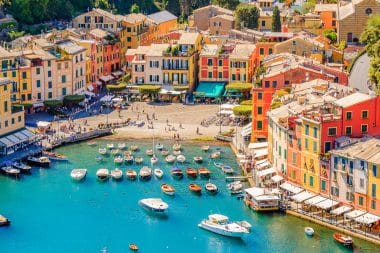
The beautiful town of Portofino is just a few kilometres from Santa Margherita Ligure. The best way to reach it is by boat. Excursions and private trips are offered in large numbers from Santa Margherita Ligure. The village of Portofino became famous for its striking architecture. Here, the houses shine in many bright colors, pastel colors predominate on the facades of the houses. During a walk through the city, you can take in this sea of colour to take effect on you. In the center of the city is Piazza Martiri dell’Olivetta. Under shady arcades, you can relax and drink a coffee or eat an ice cream.
In any case, you should also visit the Brown Castle, which was built in the 12th century. The Brown Castle also served to protect the city from pirates at the time. As the building is elevated on a hill, which in turn is positioned on a headland directly by the sea, the easy climb to the castle offers a magnificent panoramic view over the city, the coast and out to the Ligurian Sea. From there, a path surrounded by trees and shrubs leads to the Punta del Capo lighthouse, located on the southernmost tip of the Portofino headland. The view over the turquoise-blue sea from here is simply breathtaking and is enchantingly romantic, especially in the evening hours, when the sun sets over the Ligurian Sea.


